Thanks once again to LiA MVP Nicc, who asked me to write a retrospective on the career of Takahashi Rumiko. This is a bit different for me than the Toriyama Akira piece, not least because Rumiko is still very much alive and active as a mangaka. She’s also someone whose work I’m a modestly big fan of, whereas with Toriyama I’d never really been able to connect with any of his works.
Rumiko is a big star in the manga world, there’s no question about that. When you’re almost universally referred to only by your given name, that’s a mark of high status indeed. And the numbers bear that out. Around 230 million volumes sold in total, which places her somewhere around 5th-7th all-time for mangaka depending on how you count. The manga awards are too numerous to mention – there are a ton of them. But also stuff like France’s Grand Prix de la Ville d’Angouleme in 2019, the most prestigious honor in Franco-Belgian comics (she was only the second woman and second Japanese to receive it).
Born in 1957, Takahashi got into drawing manga fairly late. She was a self-described “doodler” in high school, but afterwards began to pursue the craft seriously. She studied under Koike Kazuo, the legendary author of Lone Wolf and Cub and Crying Freeman, in his Gekiga Sonjoku manga course. You’d never guess that by her first serialized work, Urusei Yatsura (a list of Gekiga Sonjoku’s alums begs for a “which of these is not like the others?”). But Koike’s brand of dark seinen clearly stayed with her, and would occasionally assert itself during her career.
If one searches for a signature Rumiko style, it can be an elusive target. She’s split her time almost evenly between seinen and shounen for what that’s worth, but most of her big commercial hits are the latter. To the average person comedy is probably the first genre that spring to mind when Takahashi’s name is mentioned. And indeed, Ranma 1/2 is her biggest-selling single work at about 55 million copies over 38 volumes. But Inuyasha – her longest-running series at 40 volumes – is right behind it at 50 million. While it has plenty of comic moments it’s not a comedy first and foremost, and certainly not in the vein of the wacky style she’s often associated with.
I don’t know why exactly, but thinking about Rumiko series in my mind always conjures an image of a character looking sidelong at another as if to say, “Seriously?”. Her humor tends to be an interesting cross of slapstick and deadpan – not unique, maybe, but certainly less common now than when she was at the top of the commercial pile. Ranma is weighted towards the slapstick side to be sure – it’s madcap pretty much wire-to-wire. But there’s still an element of these ridiculous events being taken in stride most of the time. As if they were the most normal thing in the world.
For me Ranma most successfully exemplifies Rumiko’s comedy oeuvre. The current reboot (mostly with the original actors from 30+ years ago) is doing a surprisingly good job of capturing that. But if I had to pick, I’d say Inuyasha is my “essential” Rumiko work. Mostly I suppose because it was a very formative series for me in my early years as a serious anime fan. It was on TV in America at a time when that mattered a lot. I’m well aware of the criticisms people have of it, and I would admit that on balance there are probably too many detours on the way. But I still think it strikes a very successful balance between drama and comedy, and the cast is really superlative.
That balance is important to be sure, and Inuyasha is surely her most successful “serious” work. She has others – 1 Pound no Fukuin, Ningyou no Mori (the latter surely her darkest series by far). But it’s in Inuyasha that she most expertly crafts a fantasy story, I think. It’s also a reminder of one of the most important elements of her career – her popularity overseas. Rumiko absolutely helped popularize anime and manga in the West – that’s indisputable (she’s even been knighted by the government of France, the most manga-centric country in the West).
Rumiko faced criticism for focusing on shounen manga at a time when there were few women prominently writing it. She was rather reclusive for many years as a result, though she’s softened on that as her trailblazing impact has changed the industry. For the most part her Shounen series have strong female heroines, which is commonplace now but certainly wasn’t when she broke in. She’s displayed a remarkable ability to have an unmistakable style while still being aa chameleon – like a hybrid of Miyazaki and Takahata.
One other thing that’s surely notable about Rumiko is her devotion to short-form works, even as she’s serializing longer ones. Her Rumic Theater stories have been published annually in Big Comic Original since 1987, and so far comprise five volumes. Rumic Theater has been a showcase for Rumiko’s seinen side, which achieved its commercial peak with her Maison Ikoku. Maison Ikoku is certainly one of her best and most important works, based on her experiences as a young adult living in a Tokyo boarding house. While not quite reaching the commercial peaks of Inuyasha or Ranma (especially outside Japan), it’s been massively influential on both anime and manga in the decades since it was published (concurrently with Urusei Yatsura, once of the greatest simultaneous serializations in manga history).
In sum, then,Takahashi Rumiko is a giant in the anime and manga industries. She’s hugely influential both domestically and worldwide, and she was certainly a huge part of my formative years in animanga with Inuyasha and Ranma. She continues to publish a weekly series – an incredibly demanding undertaking – with MAO (which was rumored to be getting an anime adaptation a couple of years ago, with no news since), which is pretty remarkable for a 67 year-old woman in a realm dominated by kids in their 20’s and 30’s. What about her specific series and how I’d rank them? Stay tuned till next time and find out…


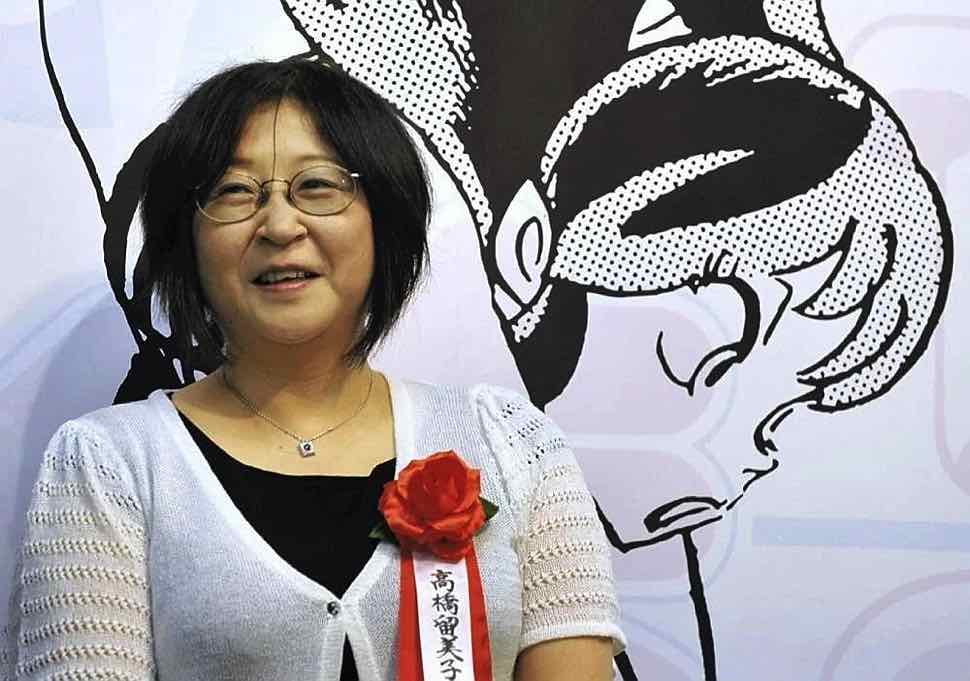
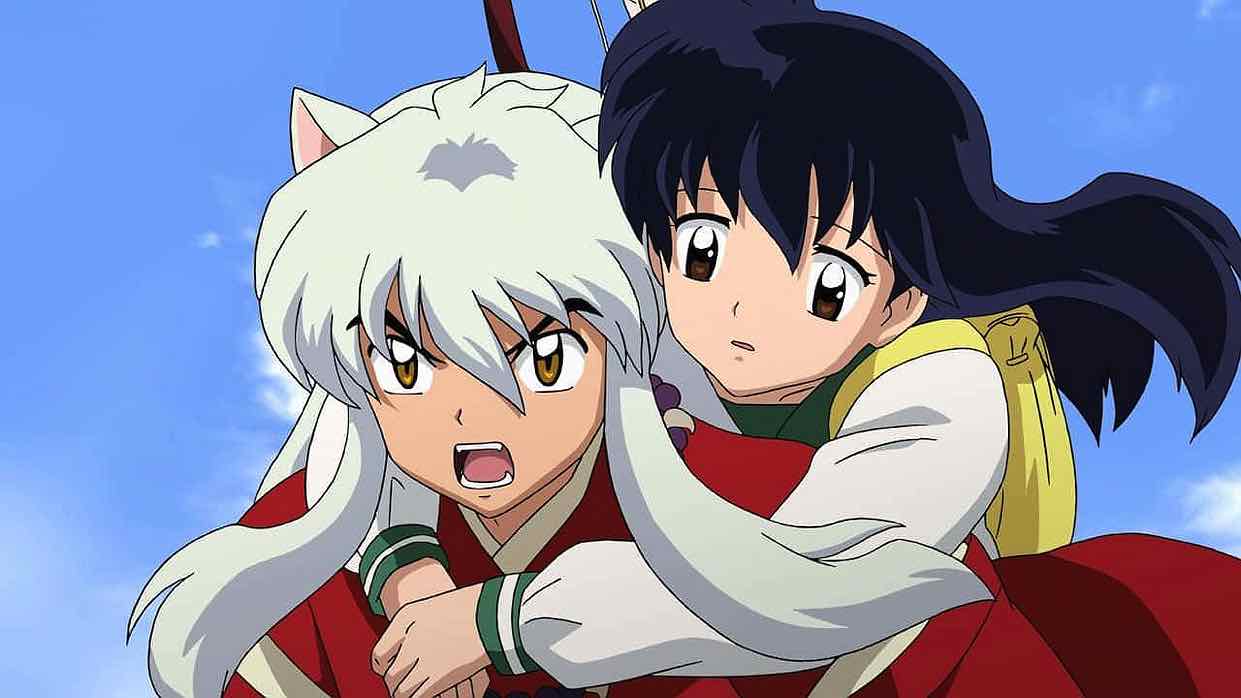
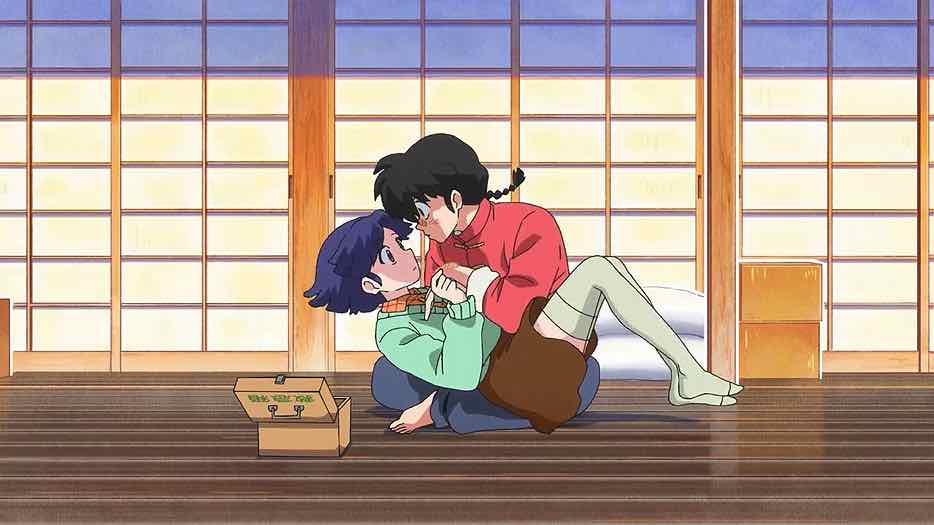
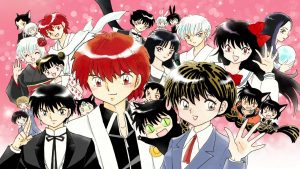
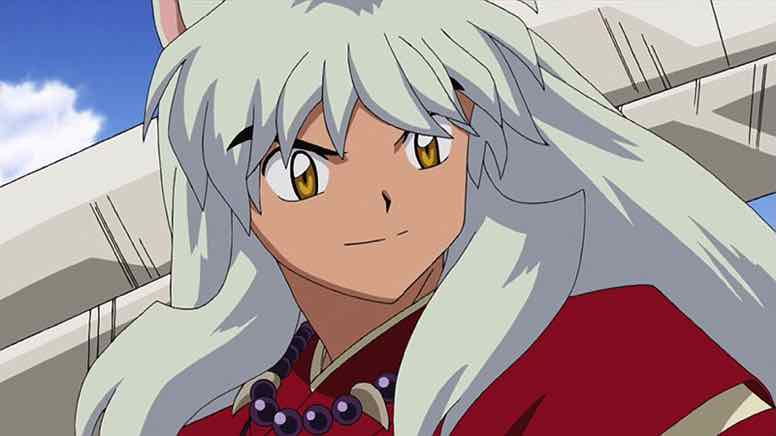
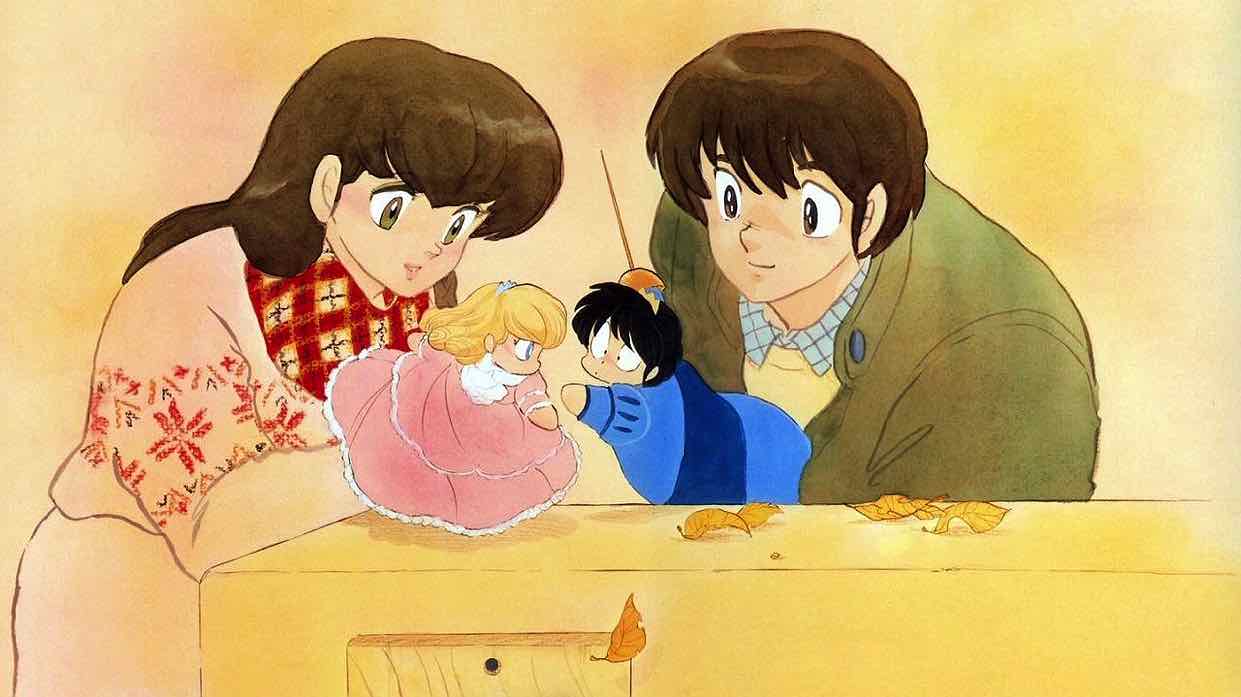
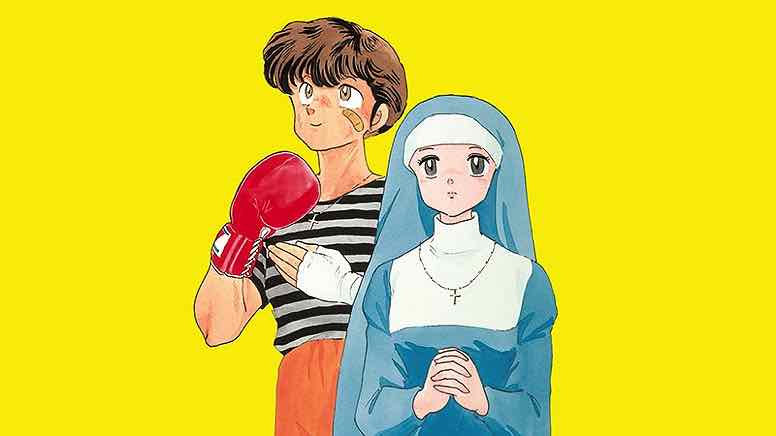
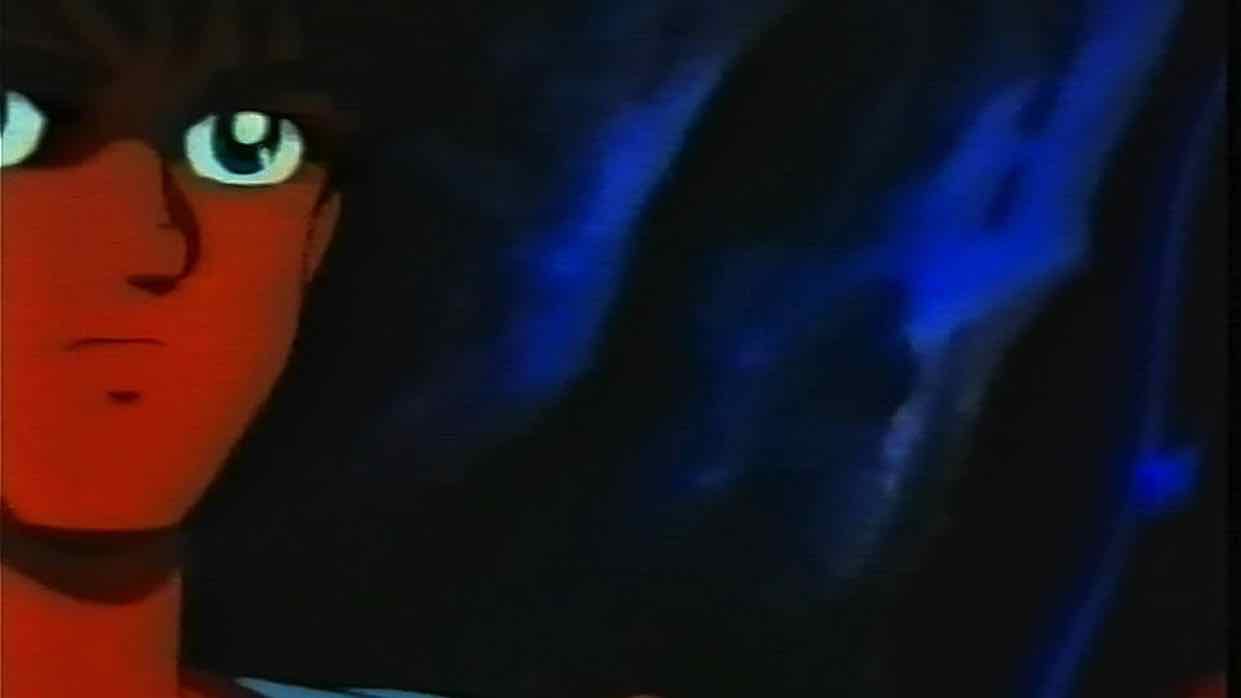
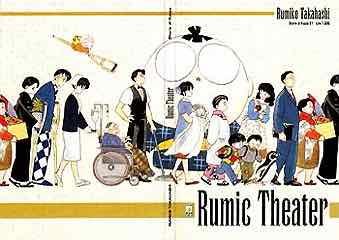
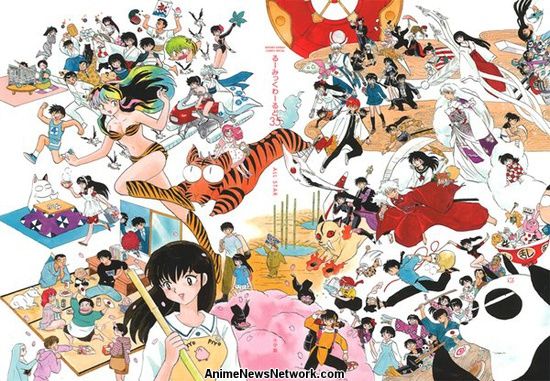


DukeofEarls
November 29, 2024 at 1:43 amWhen I heard Ranma 1/2 was being remade it made me wonder how a Maison Ikkoku reboot would feel. It’s my favorite series of hers by a pretty large margin and for whatever reason really resonated with me when I was in high school. I feel like the only way it could work, though, is if you kept the time period the same- it has such a distinct atmosphere unique to 80s Japan largely prior to the bubble inflicted highs and lows. Textbook anemoia for me.
Guardian Enzo
November 29, 2024 at 11:17 amIt’s an interesting question. I look at Astro Note as a sort of updated homage to Maison Ikoku, and while that show was set in 2024 it felt like it was channeling 1984. I think that could work with M.I. too, but there’s no reason you couldn’t keep it as a period piece. It’s not like anyone is saying you had to update Rurouni Kenshin to the 21st Century.
Collectr
November 29, 2024 at 11:06 pmI agree about her shorter works. Ranma, Inuyasha, and Urusei Yatsura have been monster anime hits, but her shorter works exemplify her the breadth of her style – from heartfelt drama (One Pound Gospel) to supernatural terror (Laughing Target) to slapstick comedy (Maris the Choujo). I also think that Kyoukai no Rinne deserves mention, for combining the trademark comedy with darker moments.
I like the Ranma reboot a lot – wall-to-wall craziness, brightly-colored art design, great seiyuu having a ball, and no Happousei, at least so far.
Guardian Enzo
November 29, 2024 at 11:19 pmHeh, Happousei hate starting already.
Collectr
November 30, 2024 at 10:50 pmI love the late, great Nagai Ichirou, but Happousei is a character that has not aged well.
Nadavu
December 2, 2024 at 9:15 pmHappousei sucked even back then.